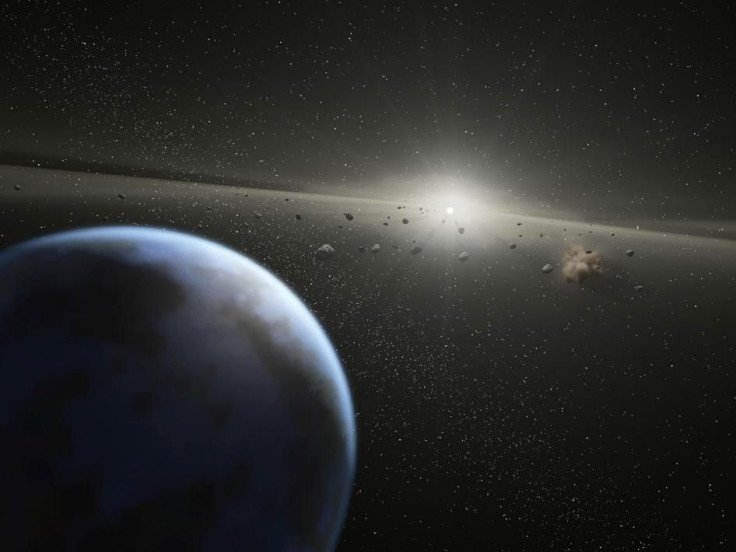3 Asteroids Including 656-Foot City-Killer NEO Approaching Earth Tomorrow

KEY POINTS
- NASA detected three asteroids approaching Earth
- The biggest asteroid in the group measures 656 feet wide
- 2015 BK509 could cause a major impact event on Earth
NASA is currently tracking three asteroids that will approach Earth tomorrow. One of the asteroids in the group is large enough to destroy an entire city during an impact event.
According to NASA’s Center for Near-Earth Object Studies (CNEOS), the first asteroid that will visit Earth’s neighborhood tomorrow is called 2020 DE3. This asteroid is currently flying towards Earth at a speed of over 20,000 miles per hour.
It has an estimated diameter of 328 feet, which makes it larger than the Statue of Liberty. According to CNEOS, this asteroid will fly past Earth on Friday at 5:46 a.m. EST. During this time, the asteroid will be about 0.02505 astronomical units or around 2.3 million miles from the planet’s center.
The second asteroid that will approach Earth tomorrow is called 2020 DM2. This asteroid is the smallest and slowest near-Earth object in the group. According to CNEOS, it has an estimated diameter of around 69 feet and is traveling across the Solar System at a speed of about 11,000 miles per hour.
2020 DM2 is expected to approach Earth on Feb. 28 at 8:33 a.m. EST. It will fly past the planet from a distance of 0.01512 astronomical units, which is equivalent to 1.4 million miles away.
The last asteroid that will visit Earth’s vicinity tomorrow is known as 2015 BK509. As indicated in CNEOS’ database, this is the most dangerous asteroid that will approach Earth tomorrow primarily due to its massive size and speed.
Out of all the asteroids that will zip past Earth tomorrow, 2015 BK509 is traveling the fastest at a speed of almost 28,000 miles per hour. According to CNEOS, this asteroid measures about 656 feet wide, making it significantly more massive than the Washington Monument.
If this asteroid collides with Earth, it will cause a major impact event on the planet. Given its size and speed, the blast from its impact would be powerful enough to wipe out an entire city.
According to CNEOS, 2015 BK509 will approach Earth tomorrow at 7:29 p.m. EST from a distance of 0.04792 astronomical units or roughly 4.5 million miles away.
© Copyright IBTimes 2025. All rights reserved.




















